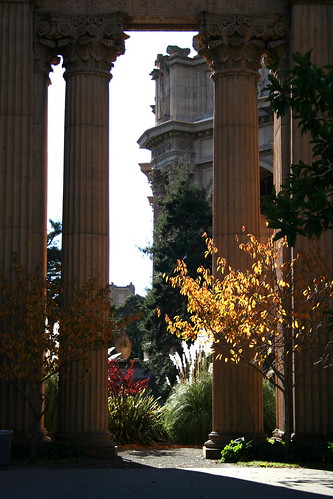
Foreign influences stimulated mythology and imagery in India. In the reliefs of Ashoka's time, the image of the Buddha never appears, and, as in the earliest Christian art, the intention of the sculptors is to illustrate an edifying narrative rather than to provide an object of worship. But in the Gandharan sculptures, which are a branch of Græco-Roman art, he is habitually represented by a figure modelled on the conventional type of Apollo. The gods of India were not derived from Greece but they were stereotyped under the influence of western art to this extent that familiarity with such figures as Apollo and Pallas encouraged the Hindus to represent their gods and heroes in human or quasi-human shapes.
The influence of Greece on Indian religion was not profound: it did not affect the architecture or ritual of temples and still less thought or doctrine. But when Indian religion and especially Buddhism passed into the hands of men accustomed to Greek statuary, the inclination to venerate definite personalities having definite shapes was strengthened.
Persian influence was stronger than Greek. To it are probably due the many radiant deities who shed their beneficent glory over the Mahayanist pantheon, as well as the doctrine that Bodhisattvas are emanations of Buddhas. The discoveries of Stein, Pelliot and others have shown that this influence extended across Central Asia to China and one of the most important turns in the fortunes of Buddhism was its association with a Central Asian tribe analogous to the Turks and called Kushans or Yüeh-chih, whose territories lay without as well as within the frontiers of modern India and who borrowed much of their culture from Persia and some from the Greeks.
To learn more about Buddhist teachings and beliefs, you might be interested in my FREE E-EBOOK "Buddhism for the Non-Buddhist Layman"
You will also find many free articles about Buddhist teachings, beliefs and practices in my site: Buddhism Through Buddhist Eyes